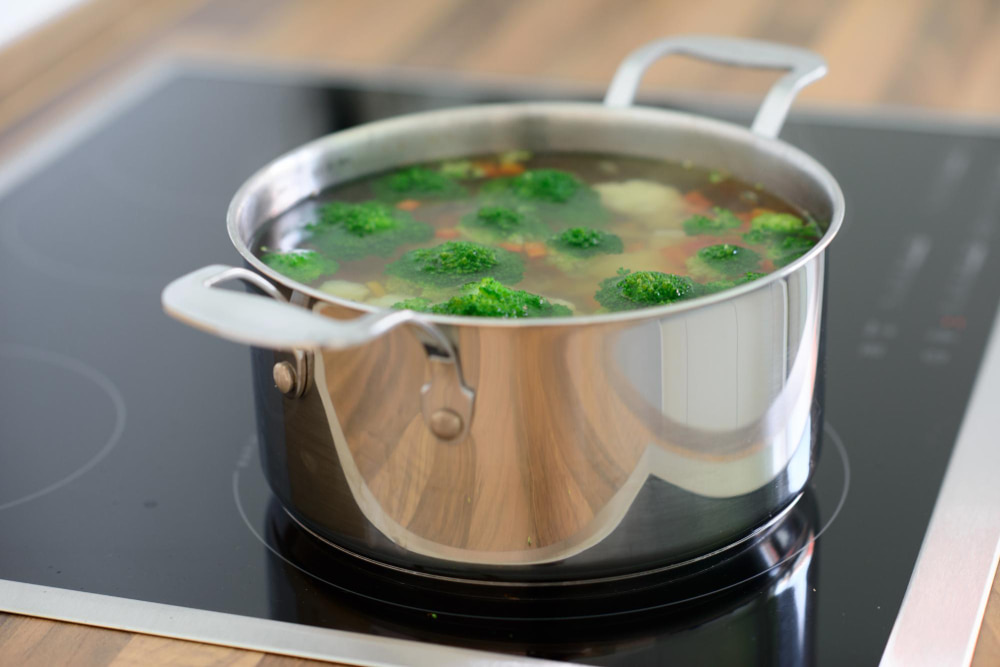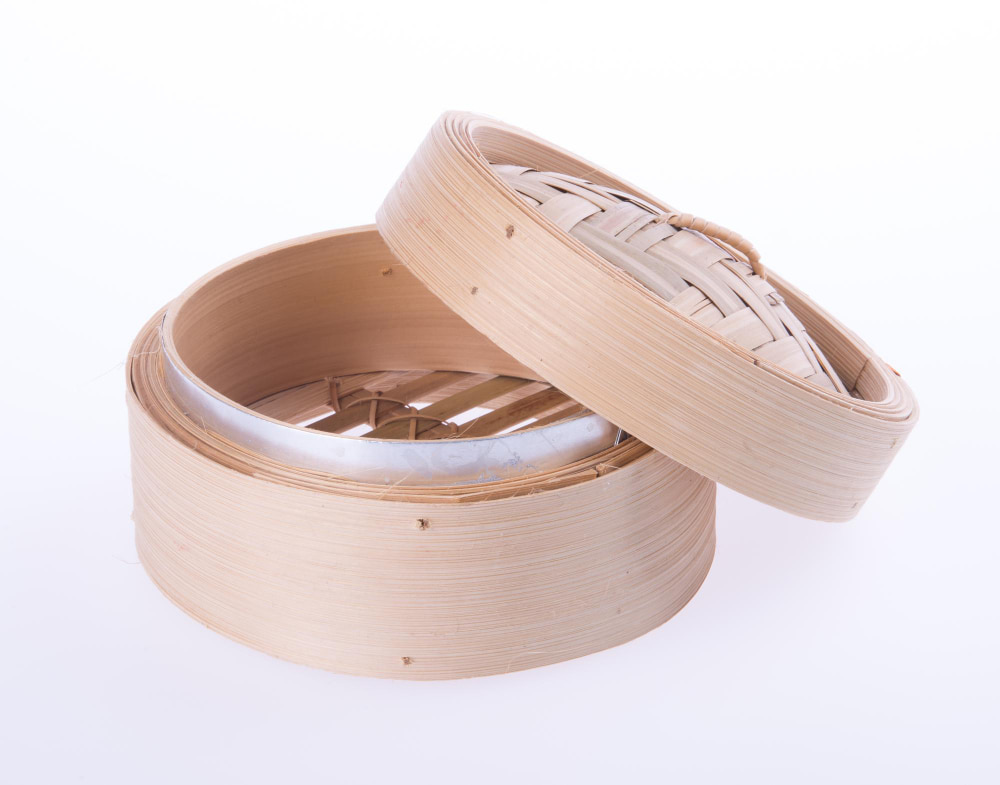Blog
Cooking methods that minimize the formation of toxic compounds

The way we cook our food has a direct impact on its nutritional value and on the formation of substances that are potentially harmful to health. During cooking, especially at high temperatures, toxic compounds such as acrylamides, polycyclic aromatic hydrocarbons (PAHs), and heterocyclic amines (HCAs) can be generated, all of which are associated with long-term negative effects, including an increased risk of chronic diseases. Fortunately, there are cooking methods that reduce the formation of these substances without sacrificing the flavor or nutritional quality of food, and at KuokoKitchen we will share them with you.
Steaming
Steaming is one of the most recommended cooking methods from a health perspective. It involves cooking food using water vapor without direct contact with the liquid. Since temperatures do not exceed 100 °C, the formation of toxic compounds is minimized. This method is ideal for vegetables, fish, seafood, and some white meats. In addition to preserving the food’s nutrients, it eliminates the need to add fats during the process, which also reduces the final dish’s calorie content.
Boiling
Boiling food in water is also a safe and healthy option. Although this method can lead to the loss of certain water-soluble vitamins, such as vitamin C and some B vitamins, it is highly effective in reducing external contaminants and bacteria. Since it is performed at relatively moderate temperatures (100 °C), it does not lead to the formation of HCAs or PAHs. It is especially suitable for cooking legumes, pasta, rice, and vegetables. To better preserve nutrients, it is recommended to reuse the cooking water, for example, in soups or stews.
Stewing and Braising
Stewing and braising are slow-cooking techniques that combine moist heat with liquid ingredients such as broth, wine, or water. Because food is cooked at low temperatures over a long period, it becomes tender and the flavors intensify without being exposed to high heat. This significantly reduces the production of harmful compounds. These methods also allow for the combination of vegetables, legumes, and animal proteins into a single, balanced, and complete dish. Adding aromatic herbs and spices not only enhances flavor but also provides antioxidant properties.
Low-Temperature Roasting
Oven roasting is not necessarily harmful if temperature and cooking time are properly controlled. Cooking at low temperatures (between 120 °C and 150 °C) yields juicy and flavorful dishes without reaching the heat levels that produce HCAs and PAHs. Although this technique takes more time, it results in even cooking with better nutrient preservation. It is important to avoid excessive browning or charring, as toxic compounds tend to concentrate in those areas.

Sous-vide cooking
Sous-vide cooking is a technique increasingly used both in haute cuisine and in home kitchens. It involves vacuum-sealing food and cooking it in a water bath at a controlled temperature—typically between 55 °C and 75 °C—for extended periods. This uniform cooking process avoids heat spikes and ensures excellent preservation of texture, flavor, and nutrients. Since there is no burning or exposure to direct flame, no toxic compounds are generated during the process.
Avoid frequent fried foods and barbecues
In contrast, methods such as deep frying, grilling, or barbecuing expose food to very high temperatures (above 180 °C) and direct contact with flame or hot oil. These conditions favor the formation of acrylamides (especially in starchy foods like potatoes), HCAs, and PAHs—particularly in meats. While these methods can occasionally be part of a varied diet, it is advisable to limit their frequency and follow certain precautions, such as avoiding charring, marinating meats before cooking, or using aluminum foil to prevent direct contact with the flames.
Other tips for healthier cooking
- Avoid overheating oils: never reuse frying oil and avoid letting it smoke.
- Remove burnt parts of food, as this is where many toxic compounds concentrate.
- Marinate meats and fish with lemon, vinegar, herbs, or spices to help reduce HCA formation.
- Use appropriate utensils: preferably non-stick or stainless steel, and avoid pans or trays with damaged coatings.
In short, choosing gentle, controlled cooking methods not only improves the quality of your diet but also helps reduce the risk of exposure to harmful substances. Embracing more mindful cooking—based on prevention and respect for ingredients—is a smart choice for long-term health.


